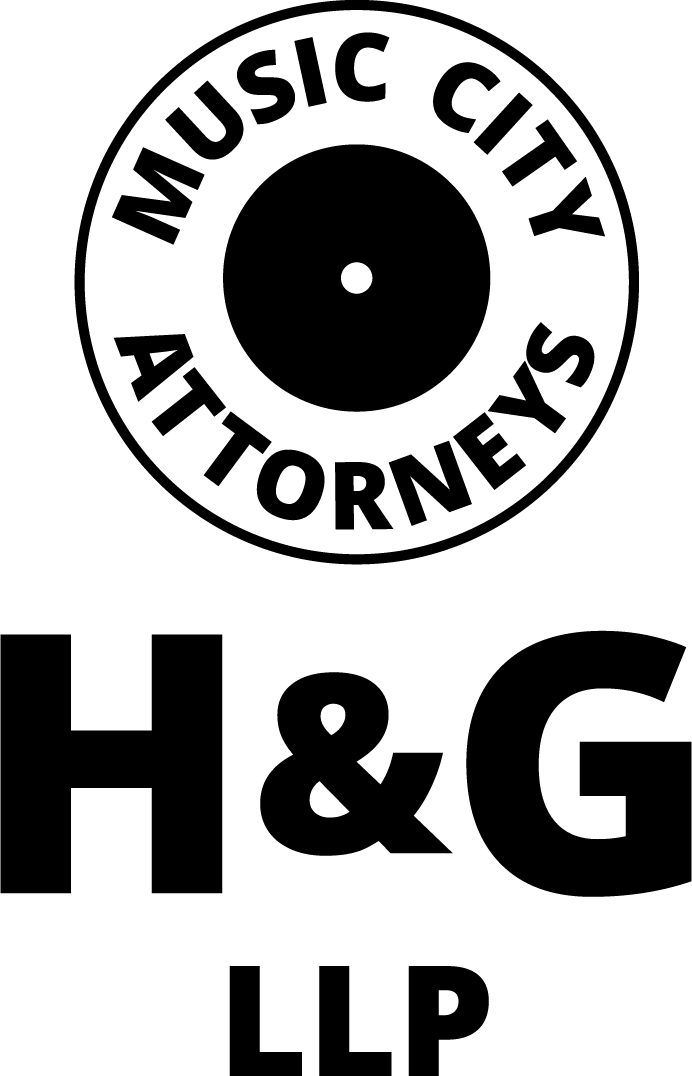Intellectual Property Basics: Copyright
This is our second segment on Intellectual Property Basics in which we will be covering some of the basics of copyright law. If you have not had a chance to read our first IP basics blog on trademark basics, you can read it here.
What is Copyright?
Short Answer:
In the U.S., copyright finds its origins in the Constitution, but actual copyright protection is established by law in the Copyright Act for original works of authorship that have been fixed in a tangible medium of expression. For example, if I draw a flower (original work of authorship) on a piece of paper (fixed tangible medium of expression) then the flower I have created is now protected by copyright. However, to initiate a suit for copyright infringement, the work must be registered with the United States Copyright Office.
Long Answer:
What does it mean to be original? According to established case law on the subject, an original work must have “some minimal degree of creativity” or a “modicum of creativity” meaning that the bar for creativity is very low. This low bar does exclude things that have no creativity such as data, phone numbers, or simple shapes.
What are works of authorship? While a work of authorship can fall outside one of the categories enumerated below, it is extremely rare. According to the 17 U.S.C. § 102(a), works of authorship include:
Literary works;
Musical works, including any accompanying words;
Dramatic works, including any accompanying music;
Pantomimes and choreographic works;
Pictorial, graphic, and sculptural work;
Motion pictures and other audiovisual works;
Sound recordings; and
Architectural works.
What is fixed in a tangible medium? Copyright protection is not given to mere ideas but must be the expression of an idea that can be fixed in a tangible medium. For example, simply having an idea for a great painting would not give the person with the idea protection under copyright laws, but once they put brush to canvas, what they create becomes fixed on the canvas and is afforded some protection.
Generally, copyright will expire 70 years after the death of the author, but circumstances can change this date. Copyright protection is given to both published and unpublished works. The Copyright Act provides that the following are not eligible for copyright protection:
Ideas
Procedures
Processes
Systems
Methods of operation
Concepts
Principles
Discoveries
What are the rights of a copyright holder?
A copyright holder has six exclusive rights in their copyright, and if any of those rights are infringed upon, the holder of the copyright has a valid action against the infringer. A copyright owner exclusively controls the right to the:
reproduction of the work
preparation of derivative works
distribution of copies of the work
publicly perform the work
publicly display the work
digital transmission of the work
Each of these rights can be licensed out individually. For example, I could license the right to reproduce my flower drawing to one person while licensing the right to distribute my flower drawing to another person.
Why should you register your copyright?
As previously mentioned, a work must be registered with the U.S. Copyright Office to initiate a suit for infringement. Furthermore, for a plaintiff to collect statutory damages and attorney’s fees, the work must have a registration effective date within three months from the date that the work was published. The process for registering a work with the Copyright Office is designed to be a simple process, so you likely will not need an attorney to help you through it. However, if you have any questions regarding copyright law or copyright protection, do not hesitate to contact an attorney.
*The material and information in this blog is for general informational purposes only. In no way is this information to be construed as legal advice for a particular situation.*

